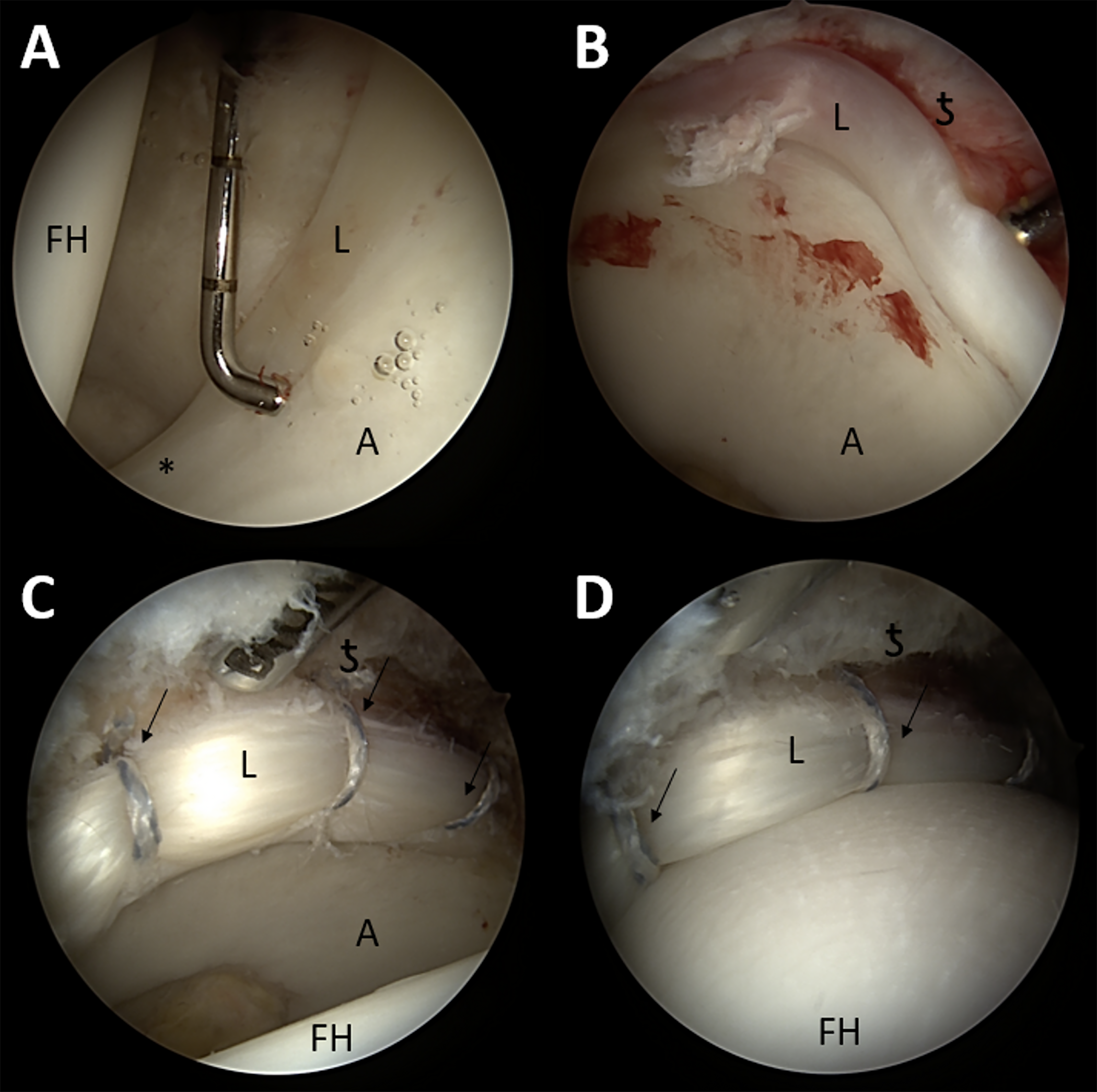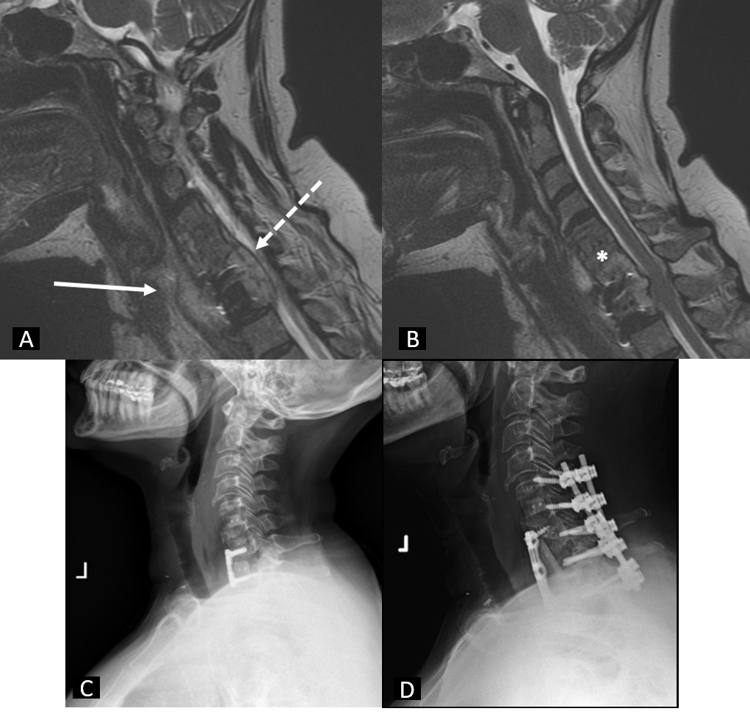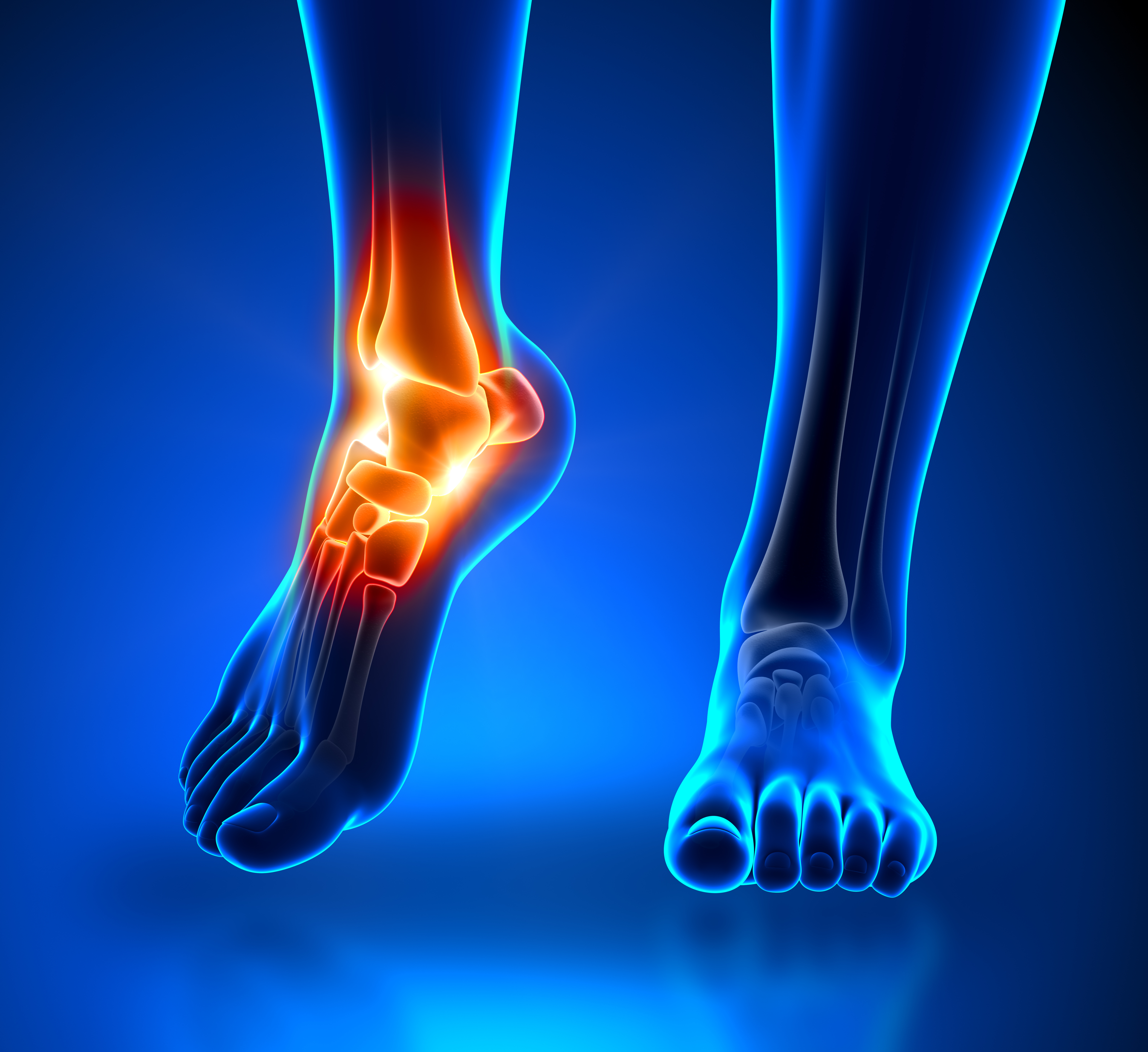Long-term survivorship of total ankle arthroplasty, rerupture rates associated with the treatment of acute Achilles tendon rupture, and other important findings are presented in the

Hip preservation surgery has become increasingly popular over the last decade, and we continue to learn more about appropriate indications and patient selection. For hip
Study in Journal of Bone and Joint Surgery reports high 10-year implant survival and patient satisfaction rates May 10, 2023 – Robotic-arm assisted unicompartmental knee

In this post, Dr. Thomas Bauer, Co-Editor of JBJS Case Connector, discusses a recent report of 2 cases of Mycobacterium tuberculosis osteomyelitis after spinal fusion

The AOA Critical Issues in Education channel of JBJS Open Access presents high-quality articles focused on orthopaedic education and education research. The section was launched

